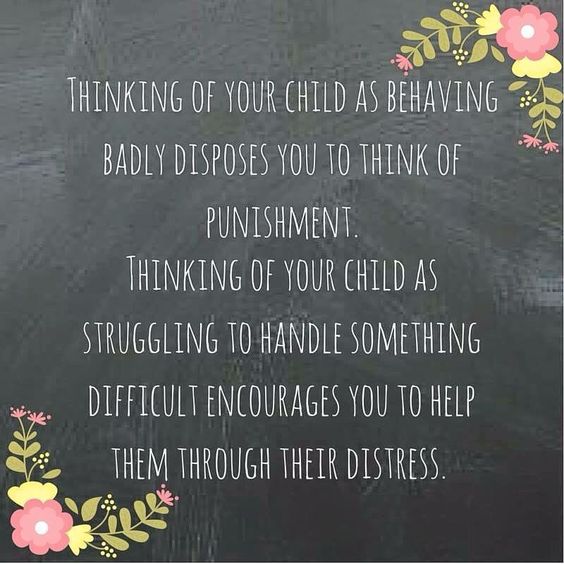Self-Regulation is a person’s ability to recognise, control and adjust energy levels, emotions, behaviour and attention levels to accommodate appropriately to their current environment and demands. This can sometimes happen automatically or strategies can be used to help to self-regulate.
We all use strategies to self-regulate every day, whether we realise it or not. For example, many people have a coffee in the morning to increase their arousal levels to prepare for the activities of the day. Or when we are feeling stressed, overwhelmed or run down after a busy, we may take a moment for ourselves (in between the craziness of raising children and running a household) to sit down with a nice cup of tea and a book.
Young children are still learning to be able to self-regulate and often need help to understand their emotions and behaviour. When a child is struggling with self-regulation and cannot create balance between their emotions and behaviour, they may ‘lose control’ and ‘burst’, reacting in externalising behaviours. Externalising behaviours could include some of the following: tantrums, fighting with others, not following directions from adults, throwing self on the ground, hitting, spitting, screaming, incontrollable crying or others.
When a child is experiencing big emotions such as sadness, worry, anger or anxiety they may need to find a quiet space to regulate their feelings. Young children may need help from an adult to regulate their feelings and will often look to others and observe how they self-regulate. Young children will often use the skill of co-regulation, which is when an adult or peer will assist them in returning their mind and body to a ‘just right’ state. It is important to acknowledge and put a name to how the child is feeling to help them understand their emotions and behaviour and feel heard. As a child grows, they can often learn to self-regulate independently.
Calming activities
It can be difficult for a child to calm themselves when they are having trouble regulating their emotions and behaviour. It is more effective to talk with them about how they are/were feeling once they have reached a calmer state. The following activities are quick and simple to do with your child at home or even when you are out and about. They incorporate a mix of deep breathing, muscle relaxation and deep pressure massage which are all useful techniques for calming when things just get too much.
Monkeys:
Ask your child or ‘monkey’ to sit in front of you. Gently rub you ‘monkeys’ ears, neck, shoulders, back arms and hands as if you are ‘grooming’ them. Then swap and have your child do the same to you or you can also involve others if appropriate. You can use humour in this activity by making monkey noises but remember to keep the activity calm and relaxing. (We’re not going to be swinging from trees)
Robot/Ragdoll:
Tense all the muscles in your body and imagine you are a stiff robot. Hold this tension in your muscles for about 15 seconds before releasing. Now imagine you are a doll that is all loose and floppy. Stay relaxed like this for another 15 seconds and repeat the activity as required.
Breathing:
Deep breathing can be a good way to stop and recuperate in times of stress. Visualisation can be a useful tool for children to take deep breaths and make the activity more interesting. Below are 2 visualisation ideas that you can use.
Blowing out candles: Ask your child to hold up 5 fingers in front of their face, pretending that they are candles (you can do the same). Count each ‘candle’ Use long, deep breaths to blow out the ‘candles’, one at a time. Slowly lower each ‘candle’ as it is being blown out.
Blowing up a balloon: Cup your hands in front of your mouth like you are holding a balloon. Take a deep breath and exhale slowly, expanding your hands at the same time as if you were inflating a balloon. When you have finished exhaling, inhale slowly and bring your hands back together as if the balloon was deflating. Repeat as desired.
Listening:
In a space free from too many distractions, sit with your child and listen to the noises around you. You could also put on some calming music, such as ocean or rainforest sounds, to listen to. Talk with your child about the noises you could hear and what they might be or where they are coming from.


